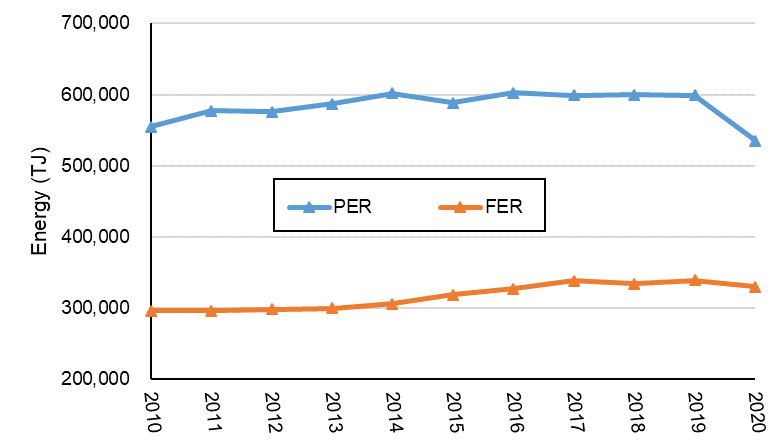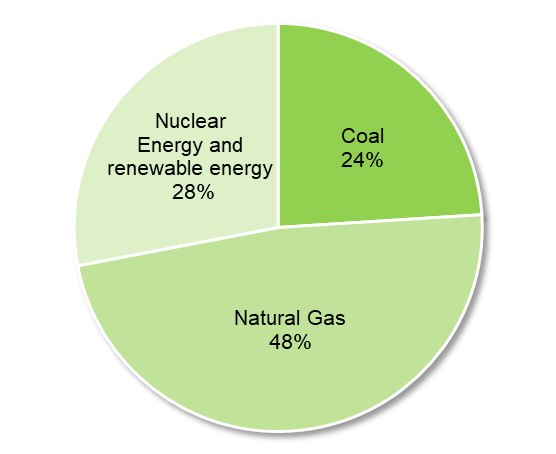ENERGY
The Energy Scene of Hong Kong, China
Energy is crucial to the development of modern society. For a metropolitan city like Hong Kong, energy is of fundamental importance to economic activities therein. With the scarcity of flat land within a territory of around 1,110 square km accommodating a high and ever increasing population, we need to secure energy resources to create a habitable indoor environment inside the high-rise commercial and residential buildings.
We also need a lot of energy resources to drive our infrastructure machinery - our water supply, drainage systems and road networks. Of course, we require energy to provide mobility for every one of us - railway, trams, cars, aeroplanes.
However, there are no indigenous energy resources in Hong Kong, we have to derive energy supplies almost entirely from external sources. Energy is either imported directly (as in the case of oil products and coal products), or produced through some intermediate transformation processes using imported fuel inputs (as in the case of electricity and towngas). Small amount of energy are produced by renewable energy sources such as solar and wind energy.
To explain the energy scene of Hong Kong, we first look at two major aggregate energy indicators: the "Primary Energy Requirements" [1] (the equivalent of "Total Primary Energy Supply (TPS)" of other economies) and the "Final Energy Requirements" [1] (the equivalent of "Total Final Energy Consumption (TFC)" of other economies).
"Primary energy requirements" (PER) refers to the overall energy consumption within the geographic territory. It represents the total supply of energy available to the territory, which supports all the requirements for energy transformation and final consumption in that territory, and includes both indigenous energy sources and imported energy commodities consumed within the territory. In the case of Hong Kong, it is calculated from retained imports of coal and oil products as well as electricity, net of bunkers' usage, after adjustment for supply from stock.
"Final energy requirements" (FER) refers to the amount of energy consumed by final users for all energy purposes such as heating, cooking and driving machinery. It differs from PER in that the latter includes all energy used or lost in the energy transformation and the distribution process.
According to Government's statistics [1], from 2010 to 2020, the PER decreased by 3.5% and the FER increased by 11.3%.
PER and FER from 2010 to 2020

The electricity consumption increased from 150,705 TJ in 2010 to 159,124TJ in 2020 [1] by 5.6%.
In the overall fuel mix for electricity generation in Hong Kong, natural gas dominates the fuel mix in Hong Kong, in 2020 on set-out basis, at around 48%, followed by nuclear energy and renewable energy accounted for around 28% and coal for around 24% [2].
Fuel mix for electricity generation in 2020 (on sent-out basis)
